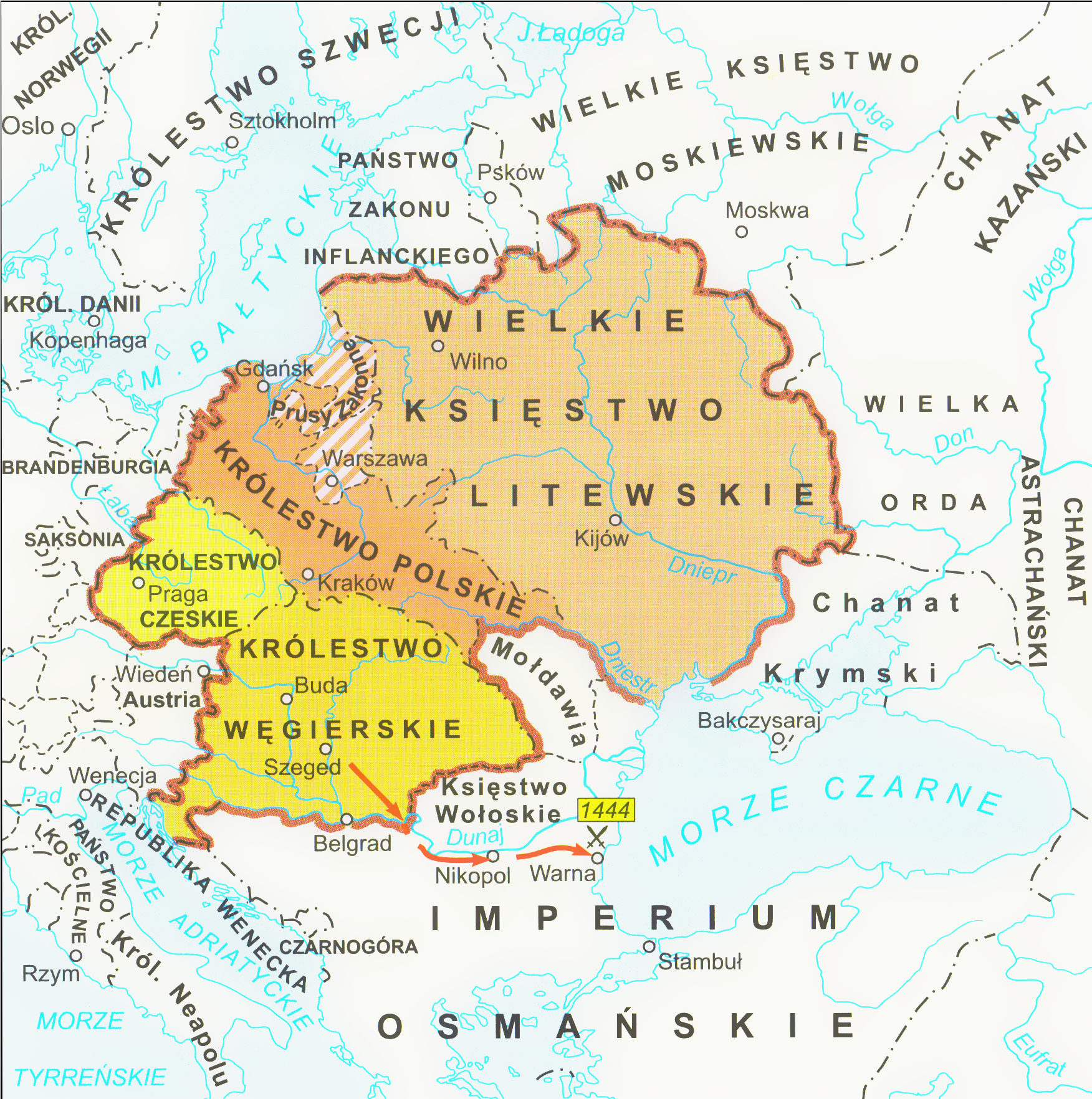|
Matthäus Aurogallus
Matthäus Aurogallus, (1490 – 10 November 1543) was a Bohemian linguist. Born in Chomutov (then Komotau), Bohemia, as ''Matthäus Goldhahn'', (he latinized his name ''Aurogallus'' in the fashion of renaissance humanists) Aurogallus served as professor of Hebrew at the University of Wittenberg and was a colleague of Philip Melanchthon and Martin Luther. He assisted Luther in the revision of the reformer's translation of the Old Testament and made valuable contributions to the academic study of Hebrew. Early life and education Matthäus Aurogallus began his education at a humanist school in Komotau founded by Czech nobleman and writer Bohuslav Hasištejnský z Lobkovic in his family home, Hasištejn Castle. There, Aurogallus studied Latin, Greek, and Hebrew. He then studied Hebrew in Leipzig from 1512 to 1515, where he earned a Bachelor of Arts, before returning to Komotau to teach Latin at his former school. Wittenberg and Luther In 1519 Aurogallus left his position a ... [...More Info...] [...Related Items...] OR: [Wikipedia] [Google] [Baidu] |
Komotau
Chomutov (; ) is a city in the Ústí nad Labem Region of the Czech Republic. It has about 47,000 inhabitants. There are almost 80,000 inhabitants in the city's wider metropolitan area. The historic city centre is well preserved and is protected as an Cultural monument (Czech Republic)#Monument zones, urban monument zone. Administrative division Chomutov consists of only one municipal part and is the only such Czech statutory city. Etymology The name is derived from the personal name Chomút/Chomout, meaning "Chomout's (court)". The word ''chomút'', from which the personal name arise, denoted a clumsy person in Old Czech. Geography Chomutov is located about northwest of Prague. It lies on the Chomutovka River in the Ore Mountains Foothills. The surface is mostly flat with some hills in the north and southeast of the city. The highest point of the municipal territory is Hůrka , a hill on the northwestern municipal border. There are several bodies of water on the outskirts of th ... [...More Info...] [...Related Items...] OR: [Wikipedia] [Google] [Baidu] |
Latinisation Of Names
Latinisation (or Latinization) of names, also known as onomastic Latinisation (or onomastic Latinization), is the practice of rendering a ''non''-Latin name in a Neo-Latin, modern Latin style. It is commonly found with historical proper names, including personal names and toponyms, and in the standard binomial nomenclature of the life sciences. It goes further than romanisation, which is the transliteration of a word to the Latin alphabet from another script (e.g. Cyrillic). For authors writing in Latin, this change allows the name to function grammatically in a sentence through declension. In a scientific context, the main purpose of Latinisation may be to produce a name which is internationally consistent. Latinisation may be carried out by: * transforming the name into Latin sounds (e.g. for ), or * adding Latinate suffixes to the end of a name (e.g. for ''Heinrich Meibom (doctor), Meibom),'' or * translating a name with a specific meaning into Latin (e.g. for Italian ; b ... [...More Info...] [...Related Items...] OR: [Wikipedia] [Google] [Baidu] |
Linguists From Germany
Linguistics is the scientific study of language. The areas of linguistic analysis are syntax (rules governing the structure of sentences), semantics (meaning), morphology (structure of words), phonetics (speech sounds and equivalent gestures in sign languages), phonology (the abstract sound system of a particular language, and analogous systems of sign languages), and pragmatics (how the context of use contributes to meaning). Subdisciplines such as biolinguistics (the study of the biological variables and evolution of language) and psycholinguistics (the study of psychological factors in human language) bridge many of these divisions. Linguistics encompasses many branches and subfields that span both theoretical and practical applications. Theoretical linguistics is concerned with understanding the universal and fundamental nature of language and developing a general theoretical framework for describing it. Applied linguistics seeks to utilize the scientific findings of the ... [...More Info...] [...Related Items...] OR: [Wikipedia] [Google] [Baidu] |
16th-century German Scientists
The 16th century began with the Julian year 1501 (represented by the Roman numerals MDI) and ended with either the Julian or the Gregorian year 1600 (MDC), depending on the reckoning used (the Gregorian calendar introduced a lapse of 10 days in October 1582). The Renaissance in Italy and Europe saw the emergence of important artists, authors and scientists, and led to the foundation of important subjects which include accounting and political science. Copernicus proposed the heliocentric universe, which was met with strong resistance, and Tycho Brahe refuted the theory of celestial spheres through observational measurement of the 1572 appearance of a Milky Way supernova. These events directly challenged the long-held notion of an immutable universe supported by Ptolemy and Aristotle, and led to major revolutions in astronomy and science. Galileo Galilei became a champion of the new sciences, invented the first thermometer and made substantial contributions in the fields of phy ... [...More Info...] [...Related Items...] OR: [Wikipedia] [Google] [Baidu] |



